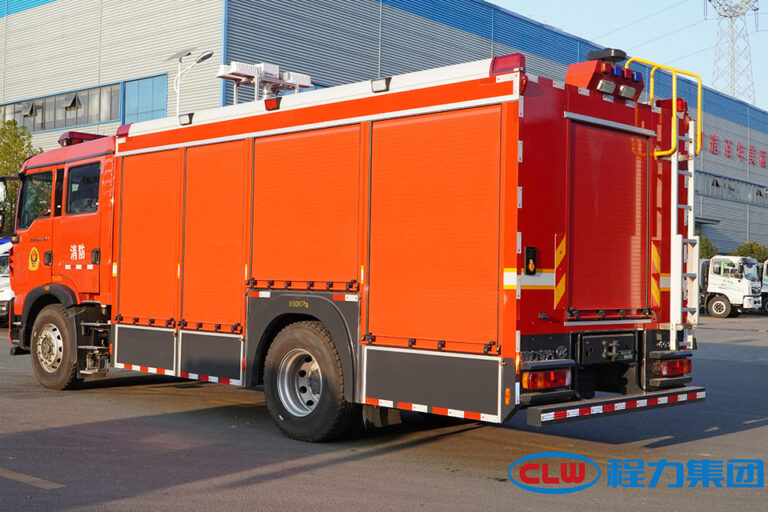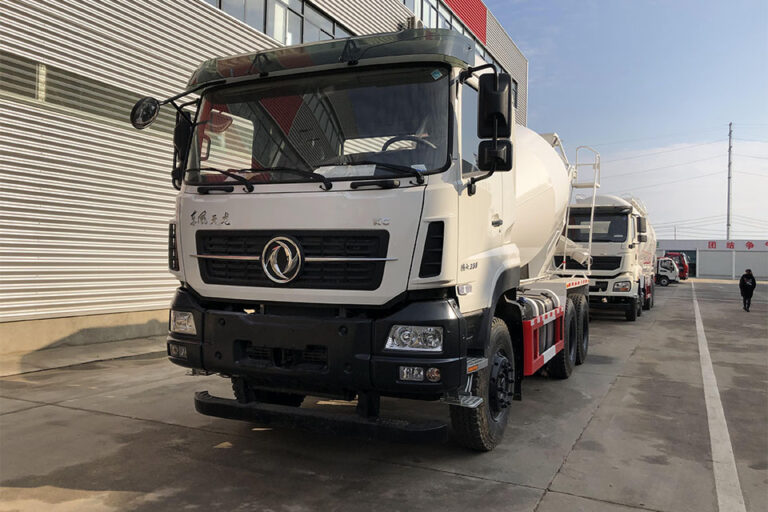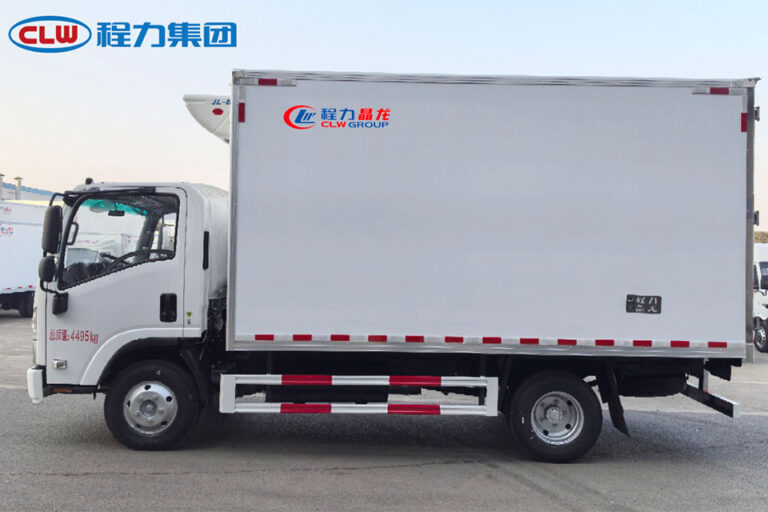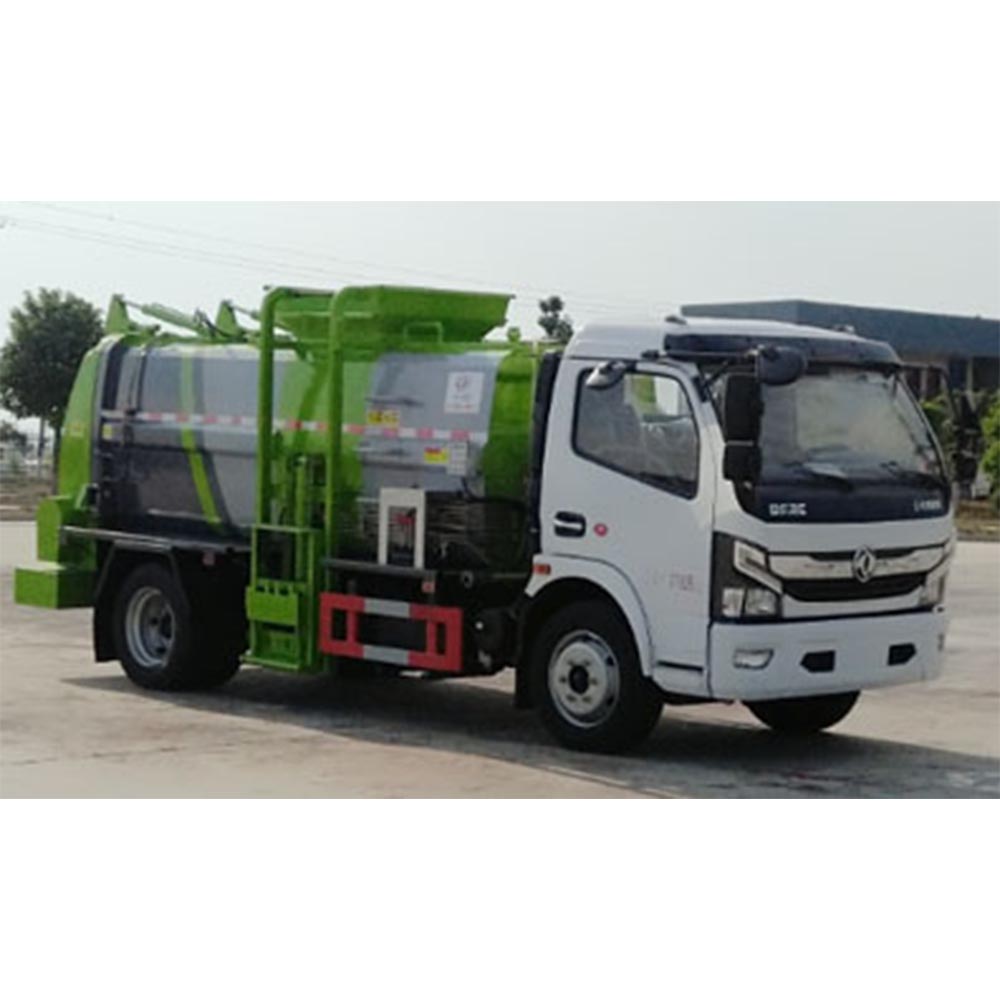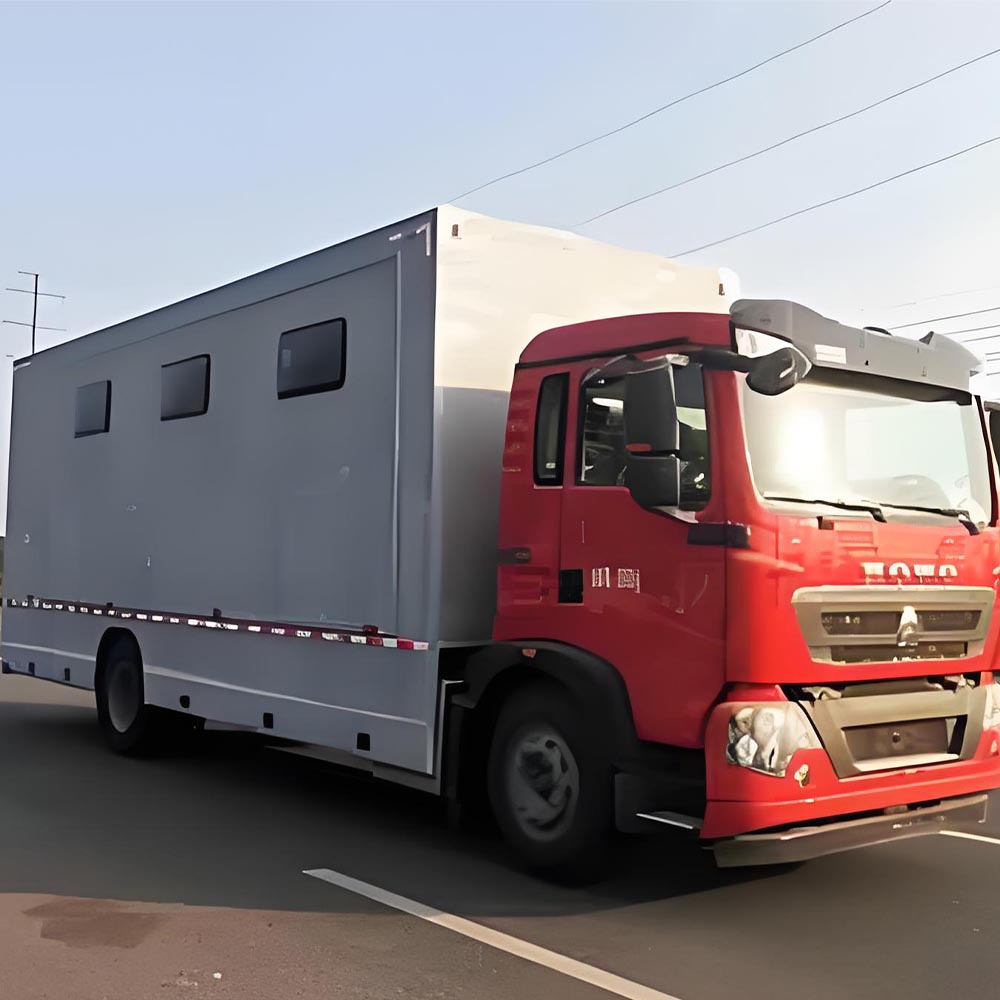-
Chengli Automobile Industry Park
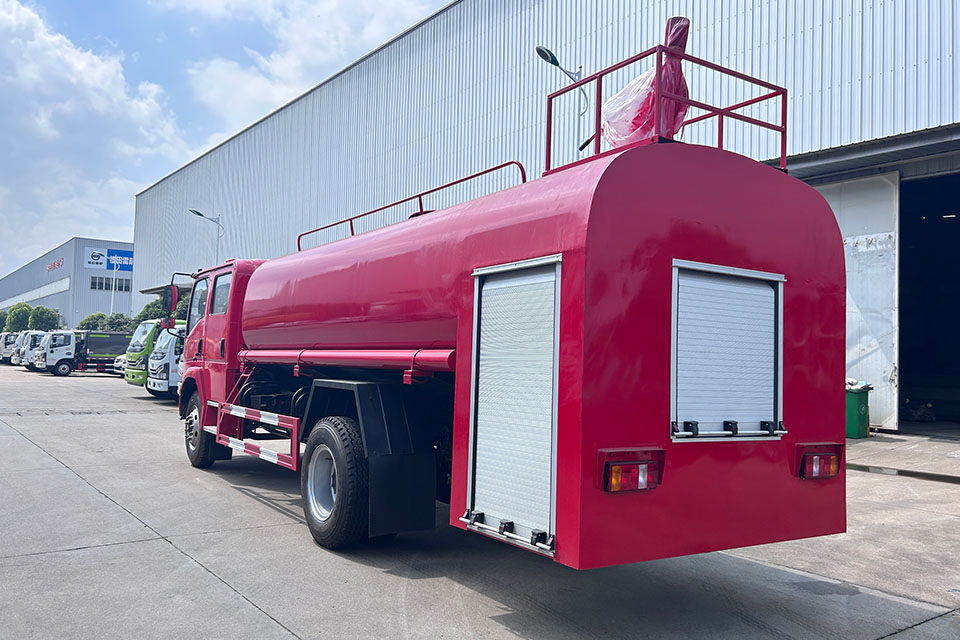
Can you explain the difference between a water tanker and a fire engine?
Water Tanker vs Fire Engine: Key Differences That Matter
Have you ever seen big red trucks zoom by with lights and sirens? Some carry lots of water while others have big ladders. These are water tankers and fire engines. They look alike but do very different jobs! This guide will help you tell them apart in simple words.
Table of Contents
What Makes Them Different?
Water tankers and fire engines are both big trucks that help fight fires, but they work in different ways.
Water Tanker vs. Fire Engine: Key Differences
Water tankers and fire engines are both important for fighting fires, but they do very different jobs. Let’s see how they compare.
Water Tanker
Mainly carries large amounts of water to fire scenes, especially where there are no fire hydrants.
Fire Engine
Fights fires directly with pumps, hoses, and tools. Also carries rescue equipment.
Main Purpose
Water Tanker: Transports water.
Fire Engine: Direct firefighting & rescue.
Typical Water Capacity
Water Tanker: 1,250 – 4,000 gallons.
Fire Engine: 400 – 750 gallons.
Pumping Ability
Water Tanker: Limited or none.
Fire Engine: ~1,500 gallons/minute.
Equipment Carried
Water Tanker: Minimal extra tools.
Fire Engine: Hoses, pumps, rescue gear.
Best Used In
Water Tanker: Rural areas, no hydrants.
Fire Engine: Urban areas with hydrants.
Accident risk
Water Tanker: Higher accident rate
Fire Engine: Lower accident rate
Main Job Differences
| What They Do | Water Tanker | Fire Engine |
|---|---|---|
| Main purpose | Carries lots of water to fire scenes | Pumps water and puts out fires directly |
| Water carrying | 1,250-4,000 gallons | 400-750 gallons |
| Equipment | Few tools, mostly just water | Hoses, pumps, and rescue tools |
A water tanker is like a big moving water bottle. It brings water to places where fire hydrants don’t exist. A fire engine is like a tool box with a smaller water supply that sprays the water directly on fires.
Water Tanks: Size Matters
The biggest difference is how much water they carry:
- Water tankers: Hold at least 1,500 gallons, some up to 4,000 gallons
- Fire engines: Usually carry 400-750 gallons
This makes sense when you think about their jobs. Water tankers need to bring lots of water to fires in places with no fire hydrants. Fire engines need just enough water to start fighting a fire until they can connect to a hydrant or a water tanker arrives.
Equipment and Tools
These trucks carry very different tools:
Water Tanker Equipment:
- Huge water tank (1,250-4,000 gallons)
- Sometimes a small pump
- Special walls inside the tank to stop water from sloshing
- Few rescue tools
Fire Engine Equipment:
- Smaller water tank (400-750 gallons)
- Strong water pump (pumps 1,500 gallons per minute)
- Many hoses of different sizes
- Rescue tools and ladders
- Firefighting gear
Fire engines are ready to fight fires right away. Water tankers are mostly just big water carriers that help the fire engines keep working.
Where They Work Best
These trucks are used in different places:
- Water tankers work best in:
- Rural areas with no fire hydrants
- Mining areas that need dust control
- Forest fires far from water sources
- Fire engines work best in:
- Cities with many fire hydrants
- Suburbs where they can quickly reach fires
- Places where fires need fast response
In some places, fire departments use special trucks that combine both – called Pumper Tankers. These carry more water (up to 3,000 gallons) but can also pump water like fire engines.
Safety Concerns
Did you know water tankers can be more dangerous to drive than fire engines? Studies show:
- Water tankers have the highest death rate of all fire trucks
- The U.S. Fire Administration found water tankers cause more firefighter deaths than other fire trucks
- This happens because water tankers:
- Carry heavy water that moves around inside the tank
- Need special driving skills
- Often drive on rough rural roads
Real World Examples
Case Study: Rural Fire Response
When a barn caught fire in a rural area with no fire hydrants, the local fire department sent:
- A fire engine with 500 gallons to start fighting the fire
- Three water tankers with 3,000 gallons each to supply more water
- The tankers took turns driving to a nearby pond to refill
Without the water tankers, the fire engine would have run out of water in less than 5 minutes!
Case Study: City Fire Response
When an apartment fire broke out in a city:
- Fire engines arrived with 750 gallons of water to start fighting
- They quickly connected to a fire hydrant for unlimited water
- No water tankers were needed because of the hydrants
Special Hybrid Models
Some modern trucks combine features of both water tankers and fire engines:
- Pierce Pumper Tanker: Carries 3,000 gallons of water but also has a 1,500-gallon-per-minute pump
- Type 1 Pumper: Standard city fire engine with 750 gallons and full pumping equipment
These hybrid models help fire departments be ready for all kinds of fires.
Comparison Table
Here’s a big table that shows all the main differences:
| Feature | Water Tanker | Fire Engine |
|---|---|---|
| Water capacity | 1,250-4,000 gallons | 400-750 gallons |
| Main purpose | Transport water to fire scenes | Fight fires directly |
| Pumping ability | Limited or none | 1,500 gallons per minute |
| Rescue equipment | Minimal | Extensive tools and gear |
| Best used in | Rural areas, no hydrants | Urban areas with hydrants |
| Safety risk | Higher accident rate | Lower accident rate |
| Cost to maintain | Higher due to tank size | Medium cost |
| Example model | Pierce 3,000-gallon tanker | Type 1 Pumper |
Which One Does Your Town Need?
The type of truck your town needs depends on where you live:
- Rural areas need water tankers because fire hydrants are rare
- City areas need fire engines that can connect to hydrants
- Mixed areas might need hybrid pumper-tankers
Many fire departments have both kinds of trucks so they can fight any fire anywhere!
How They Work Together
At a big fire, water tankers and fire engines work as a team:
- Fire engines arrive first and start fighting the fire with their 400-750 gallons
- If no hydrant is nearby, water tankers bring more water (1,500+ gallons each)
- Fire engines connect to the tankers to get more water
- Empty tankers drive away to refill while full ones take their place
This team approach keeps water flowing to the fire without breaks.
Fun Facts About Fire Trucks
- Some water tankers can carry enough water to fill a small swimming pool!
- Modern fire engines can pump water as high as a 10-story building
- Some new hybrid trucks can do both jobs pretty well
- Fire engines used to be pulled by horses over 100 years ago
- The bright red color helps people see fire trucks coming from far away
What To Remember
The main things to remember about water tankers and fire engines are:
- Water tankers are mostly big water carriers that help in places without fire hydrants
- Fire engines fight fires directly with pumps, hoses, and tools
- Tankers carry more water (1,250-4,000 gallons) than engines (400-750 gallons)
- Fire engines have more equipment for fighting fires and rescuing people
- Many fire departments need both types of trucks to be ready for all fires
Next time you see a fire truck, look at the size of the water tank and the equipment it carries. Now you can tell if it’s a water tanker or a fire engine!
Related Resources
Want to learn about other special trucks? Check out these pages:
- Emergency Rescue Fire Truck – Learn about trucks that specialize in rescuing people
- Water Tanker Fire Truck – See modern water tankers in action
- Foam Fire Truck – Discover how special foam trucks fight different kinds of fires
Conclusion
Water tankers and fire engines might look alike at first glance, but they do very different jobs. Fire engines are built to fight fires directly with pumps and hoses, while water tankers bring extra water to places where it’s hard to find. Both are super important for keeping us safe from fires!
Now you can impress your friends by telling them the difference between these big red trucks next time you see them zoom by!


